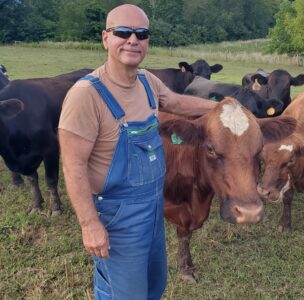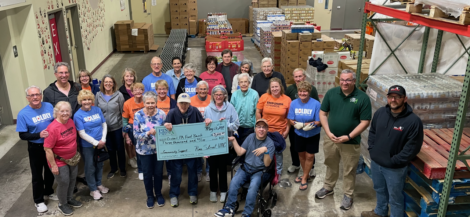Yom Kippur marked by those of Jewish faith
In a predominantly Christian area, Reform Jewish Temple Beth Ha-Sholom celebrated Rosh Hashanah and other high holy holidays together at its Center Street synagogue in Williamsport this fall.
In 2010, only 116 Lycoming County residents declared themselves to be Reform Jews, according to the United States Census. That includes all full members, their children and others who regularly attend services.
There is a great degree of variation in practice and observance among the four branches of Judaism: Orthodox, Conservative, Reform and Reconstructionist.
Reform Judaism, also referred to as liberal or progressive, subjects religious law and customs to human judgement. Those who practice attempt to differentiate between the facets of the Torah that are divine mandate and those that are specific to the time in which they were written, according to the Jewish Outreach Institute.
Though progressive Jews believe in the central tenents of Judaism – God, the Torah and Israel – the Union for Reform Judaism says the religion must adapt to the needs of the day. They believe in inclusion, often reaching out to those who are Jewish by choice, not by family line, and interfaith families, encouraging them to embrace the religion, according to the union.
“As Reform Jews we recognize that the world’s not perfect, but we want to be a part of it and we want to work hard to make the world what it can be,” Rachel Heaps, a seminary student at the Hebrew Union College – Jewish Institute of Religion in New York, said.
Reform Jews break away from the more traditional believers in their commitment to equality for everyone, including women and homosexuals.
“That’s the biggest difference between us and conservative or orthodox Judaism,” said Barry Newman, president of Temple Beth Ha-Sholom. “We recognize people as people, regardless of gender or sexual orientation.”
Beth Ha-Sholom supported the belief by inviting Heaps, a woman, to lead its Rosh Hashanah service Sept. 24.
The high holiday marks the beginning of a new year in the Jewish calendar, this being year 5775. Both temples in Williamsport, Beth Ha-Sholom and Congregation Ohev Sholom, celebrate with evening, first-day and second-day services.
Those of the Jewish faith take time to review the choices they made over the past year. Worshipers evaluate their intentions and actions in an attempt to honestly examine themselves.
“The new year begins a new cycle, a return to our original intentions,” Heaps said. “If we started last year wanting to be a better person and we didn’t quite meet our goals, it’s time to reinvest ourselves in that task.”
One aspect of the Rosh Hashanah service is the Tashlich, or casting out. The congregation throws bread crumbs into a body of water to symbolize casting out their transgressions of the previous year so they can focus on the purpose of the new year.
Both Williamsport congregations performed the casting of past sins into the river at Susquehanna State Park.
Rosh Hashanah marks the beginning of a season of holy holidays in the Jewish faith. Today is Yom Kippur, the day of atonement. The most holy day of the year, Jews spend Yom Kippur fasting and praying for repentance.
The Sukkot holiday is next and starts after sundown Oct. 8. It lasts seven days and signifies the 40-year period the children of Israel were wandering in the desert, living in temporary shelter, or sukkah.
Finally, the day after Sukkot ends, Simchat Torah, or “the assembly of the eighth day,” rounds out the sequence of holidays. According to Rabbinic literature on the eighth day, God is like a host who invites visitors for a limited time, but when the time comes for them to leave, he has enjoyed himself so much that He asks them to stay one more day.
After Simchat Torah, those of the Jewish faith return to their daily lives and routines until the most famous of Jewish holidays, Hanukkah.






